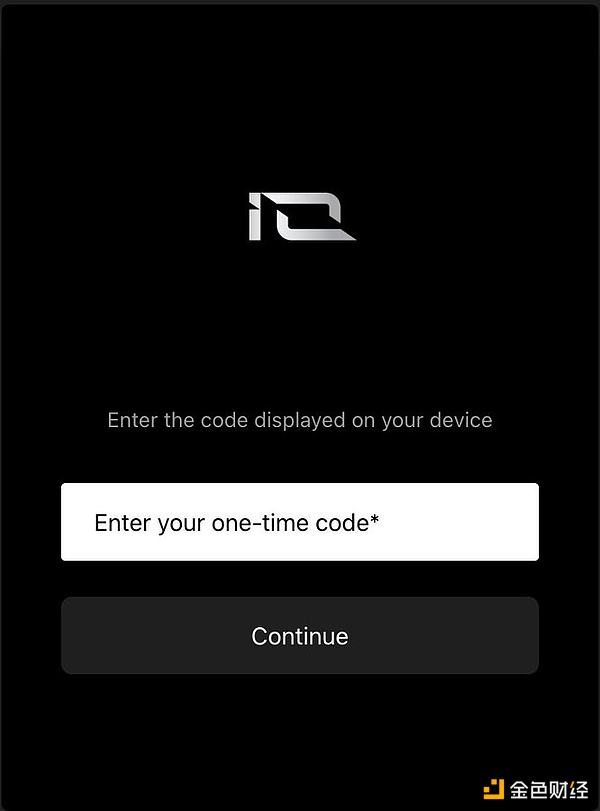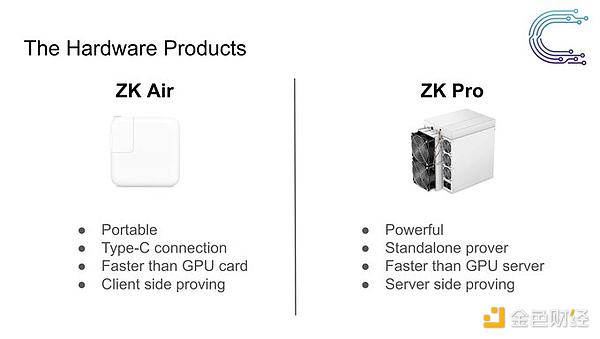Author: starzq.eth Source: X, @starzqeth
Based on recent experience, let's briefly talk about DePIN and io net
First, an update. After @ionet encountered a security incident, founder Shadid announced that all device data had been restored and Okta Auth0 authorization had been added to make the data more secure
In short, before running your own device, a security authentication is added to prevent hackers from easily attacking
My MacBook has been successfully connected
The steps are as follows:
Re-run the command in the terminal, this time you will get a security code and verification web page

Worker starts to download and run. After success, the terminal will display the corresponding information.

It has to be said that "security" must be the first priority of all projects.
——————————————————————————
Then let's talk briefly about DePIN and io net
DePIN
DePIN = Decentralized Physical Infrastructure Network, Decentralized physical infrastructure network, in simple terms, is actually "sharing economy" (Uber / Airbnb), selling your idle hardware / computing power / skills... in exchange for a meal
When it was hottest, a bunch of Uber for X projects appeared
But the biggest problems of Web2 "sharing economy" are 2:
- The platform needs to spend a lot of money to build "trust"
- The platform's commission rate is too high, which is unfair to the individuals who really participate
And DePIN or Web3 "sharing economy" has better solutions in these 2 aspects
- Reduce the cost of trust based on blockchain
DePIN has 3 opportunities in this round
1. Very rigid demand: AI computing power / ZK computing power
2. Users: More on-chain users than in the previous round can be used as stock to start, and hardware equipment is very suitable for onboarding new users
3. A large amount of Shenzhen manufacturing can support various types of smart hardware
There is demand, users, and supply chain. It depends on which project can come out
————————————————————————
io net
io net is definitely the most popular AI + DePIN project at present. It can be simply understood as a "distributed GPU computing power cloud", which brings together personal GPUs/CPUs to provide computing power for vigorous AI large models.
According to the latest figures from the official push on 4.27, the number of connected GPUs has exceeded 550,000, making it the leader in this field. It is estimated that FDV has reached more than 5 billion US dollars.
I would like to emphasize the experience of "sharing computing power" through io net, which is very smooth.
In the DePIN project, hardware access and user onboarding are very critical. If the hardware requirements are too high or the access process is too cumbersome, a large number of users will naturally be excluded. In particular, those who are not familiar with technology will have a headache when they hear "shared computing power" and "running nodes", and it is difficult to leverage the supply side.
I have to praise io here net, only requires a local computer (MacBook with M1/M2/M3 chips meets the requirements, which is very good), the threshold is very low, and you can run it in less than 10 minutes. It is recommended to experience it.
Video tutorial: https://www.youtube.com/watch?v=_Db9EedSqtY
Error Code solution document: https://t.co/PB5aLbLcU0
(Command line and third-party tool docker are used here. If io net can be packaged into a tool in the future, the threshold will be even lower)
Because the TGE of $IO will be delayed until after 4.28 (the exact time will be announced on 4.29), there will be a new round of activities starting from 5.1-5.31. If interested friends have idle graphics cards or MacBook with M1/M2/M3 chips, You can experience this most popular DePIN project and get rewards by sharing your GPU/CPU idle computing power.
Another way to lower the threshold is to design your own hardware that is very easy to access, such as @cysic_xyz's portable ZK acceleration hardware ZK Air, @GMNetwork_AI's smart wearable hardware, which are worth paying attention to.

 JinseFinance
JinseFinance






